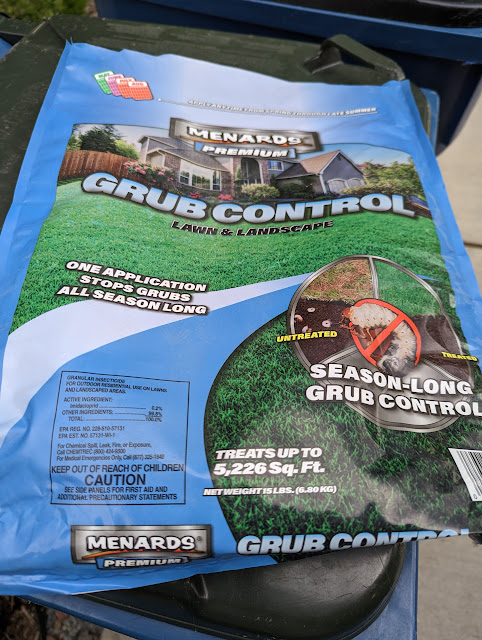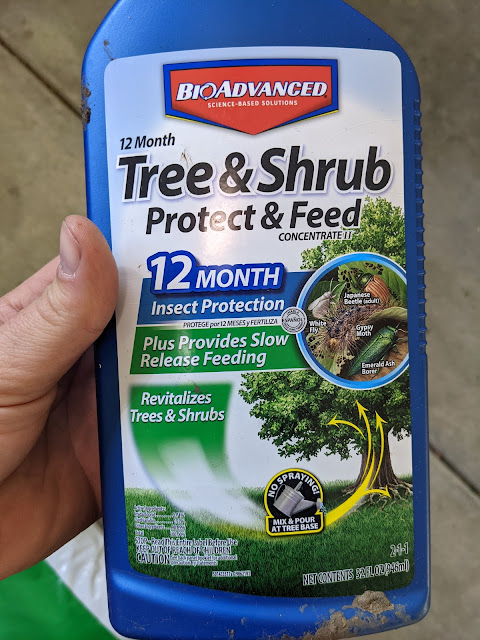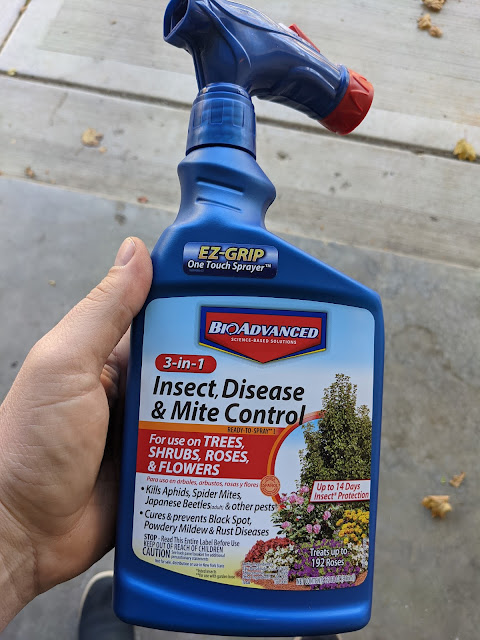Dahlias Under Attack: Mites - August 2025

Go away for a couple of weeks in August and you hold your breath that nothing catastrophic happens back home. Drought damage. Rabbit Damage. Insect Damage. We had all three. Plus two burrows of baby bunnies birthed in our yard (one in front, one in back). While we were out of town, we saw ZERO rain. None. Not a drop. So that meant that despite my efforts to set up *some* irrigation via timer(s), some things suffered. I've worked over the past few days scurrying around trying to get everything back watered-in, and only think that I lost a few things while others had mere setbacks. But, the insects? That might be a problem. The dahlias on the southside of our house have been attacked by something. I'm no expert, but after doing some research I've narrowed it to one of two things: mites or thrips. Pretty sure they're mites. When I examined the plants, the foliage was 'bronzing'...









